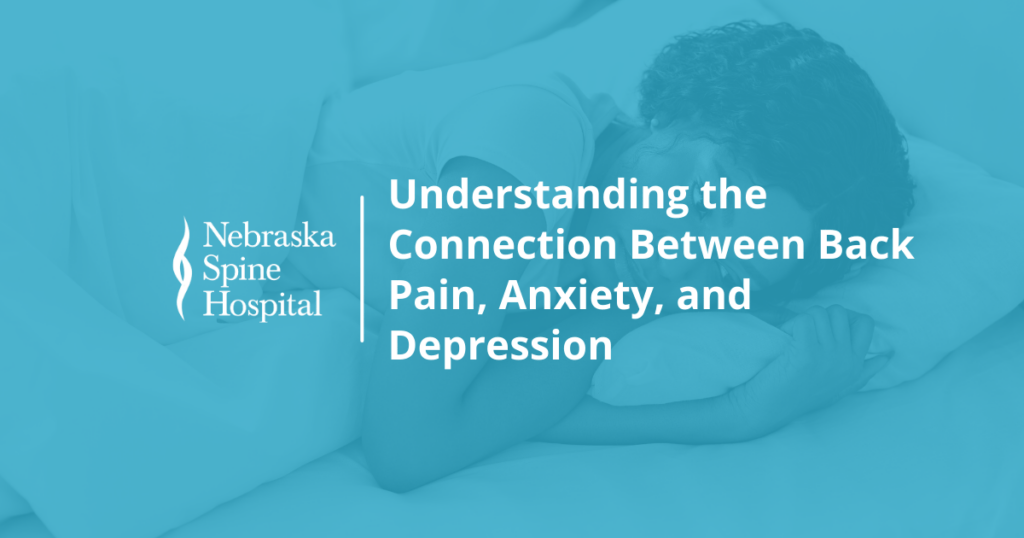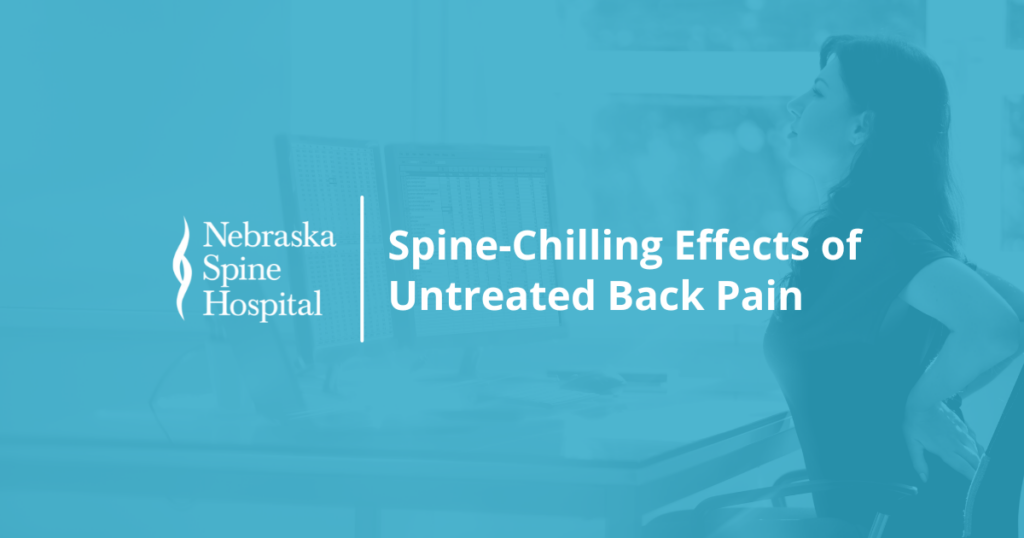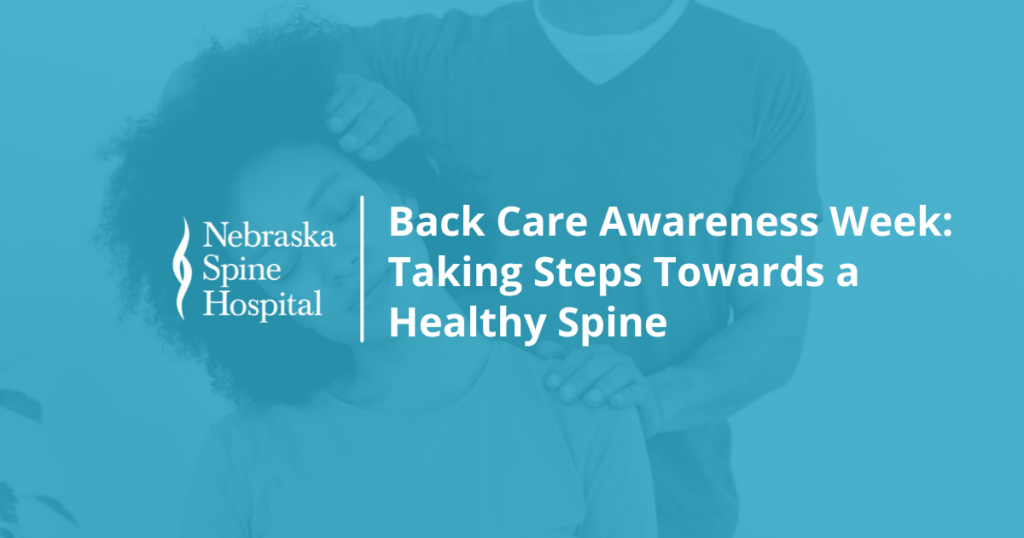
Back pain is one of the most common health complaints, affecting millions of people every year. Unfortunately, there are plenty of myths and misconceptions surrounding back pain and its treatments.. . .
Whether you’re seeking guidance on managing back pain, understanding surgical procedures, or exploring the latest advancements in spinal care, our blog offers expert advice and valuable resources to empower you on your journey to a healthier spine.

At Nebraska Spine Hospital, we recognize the importance of addressing not only the physical aspects but also the emotional well-being of our patients. Back pain is a common condition that. . .


As we go about our busy lives, it’s easy to overlook the importance of maintaining a healthy spine. However, our spine plays a crucial role in our overall well-being, providing. . .

At Nebraska Spine Hospital, we believe the foundation of exceptional healthcare is built on expertise, compassion, and dedication. Dr. Chase Woodward, a surgeon at Nebraska Spine Hospital, is a shining. . .

At Nebraska Spine Hospital, patients receive care from a dedicated team of specialists who are passionate about spine health. One of these exceptional professionals is Dr. Brian Gill, a spine. . .

Living with chronic pain, numbness, or limited motion is no way to live. These symptoms can be attributed to a variety of causes, but sometimes, the underlying culprit is a. . .
Address: 6901 North 72nd Street
Omaha, Nebraska 68122
Phone: (402) 572-3000